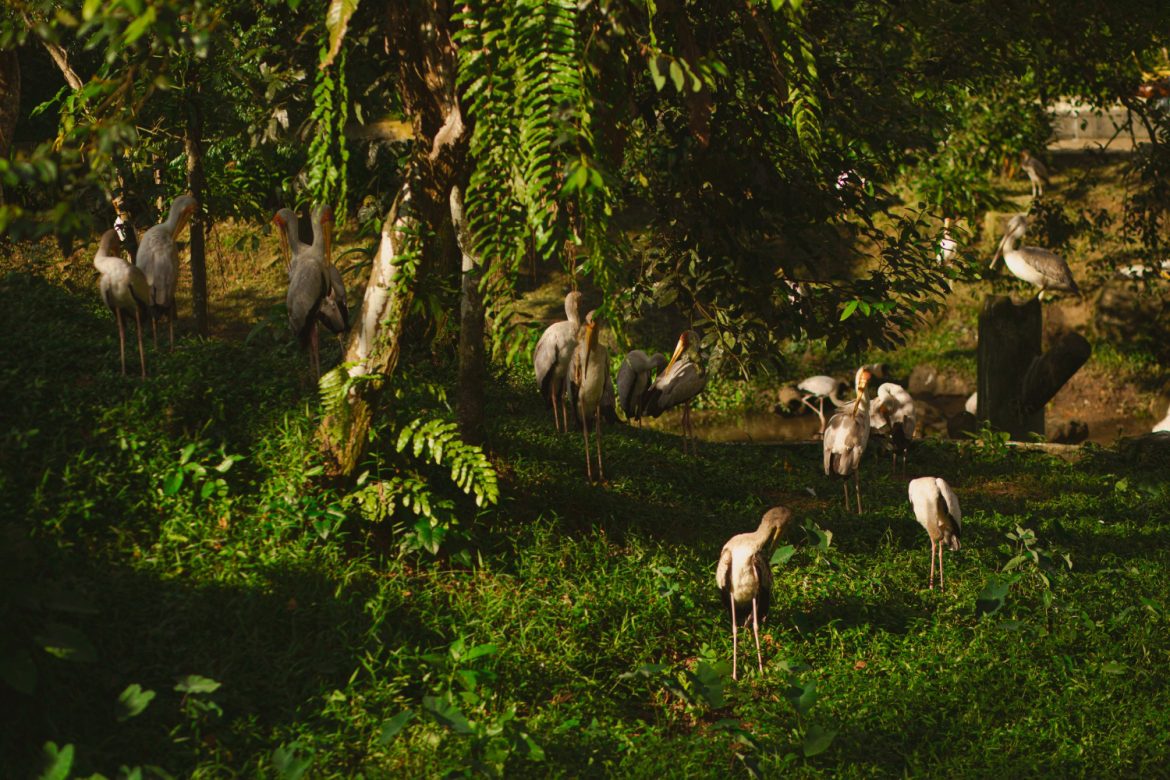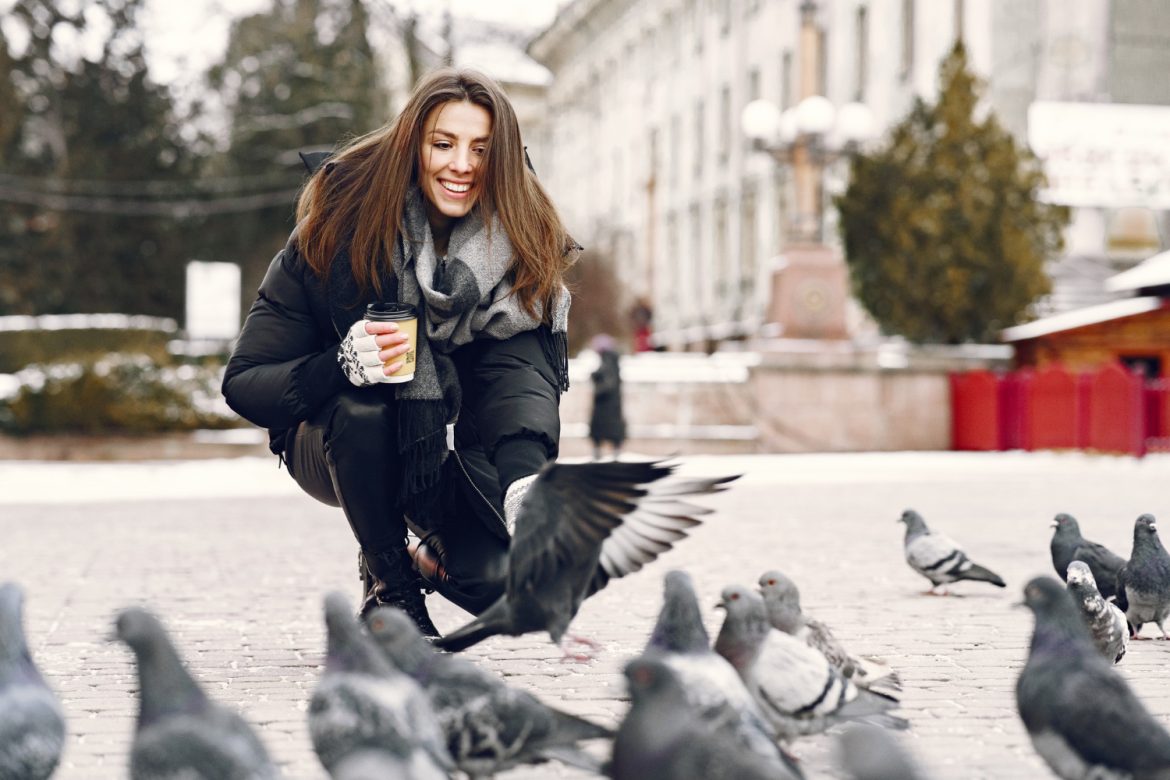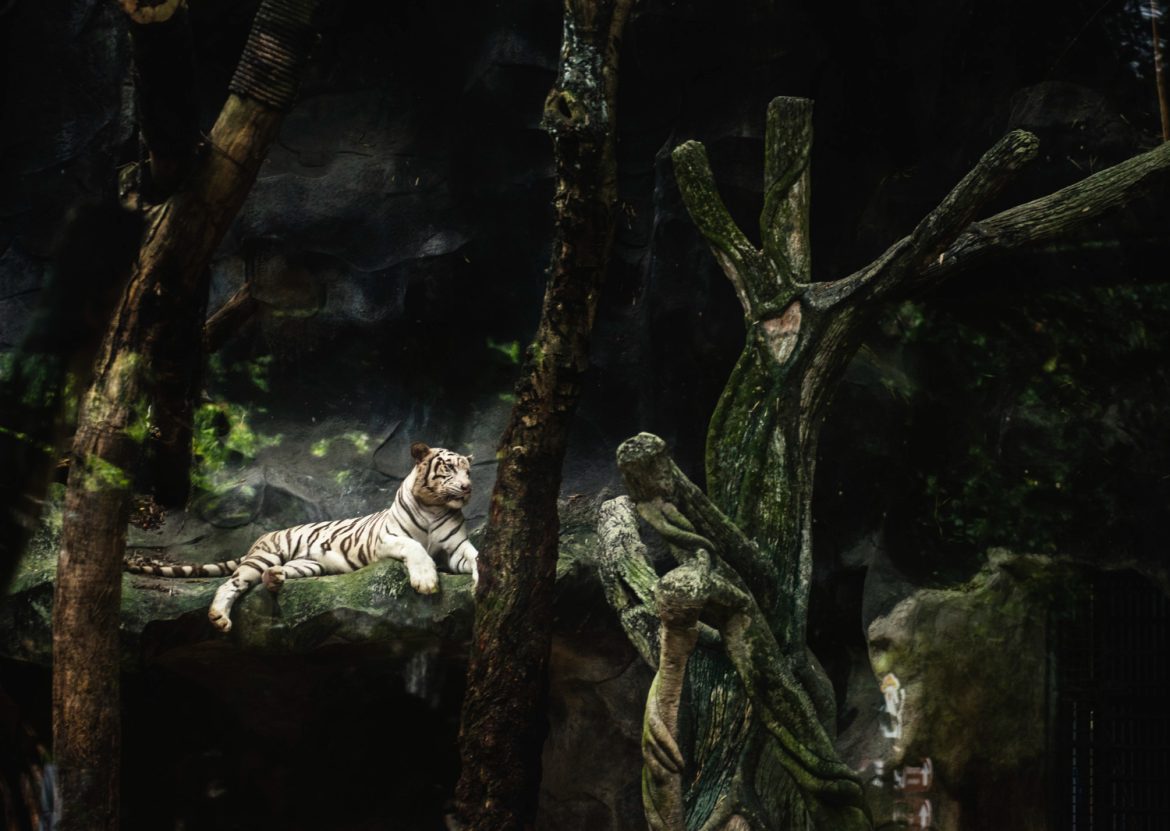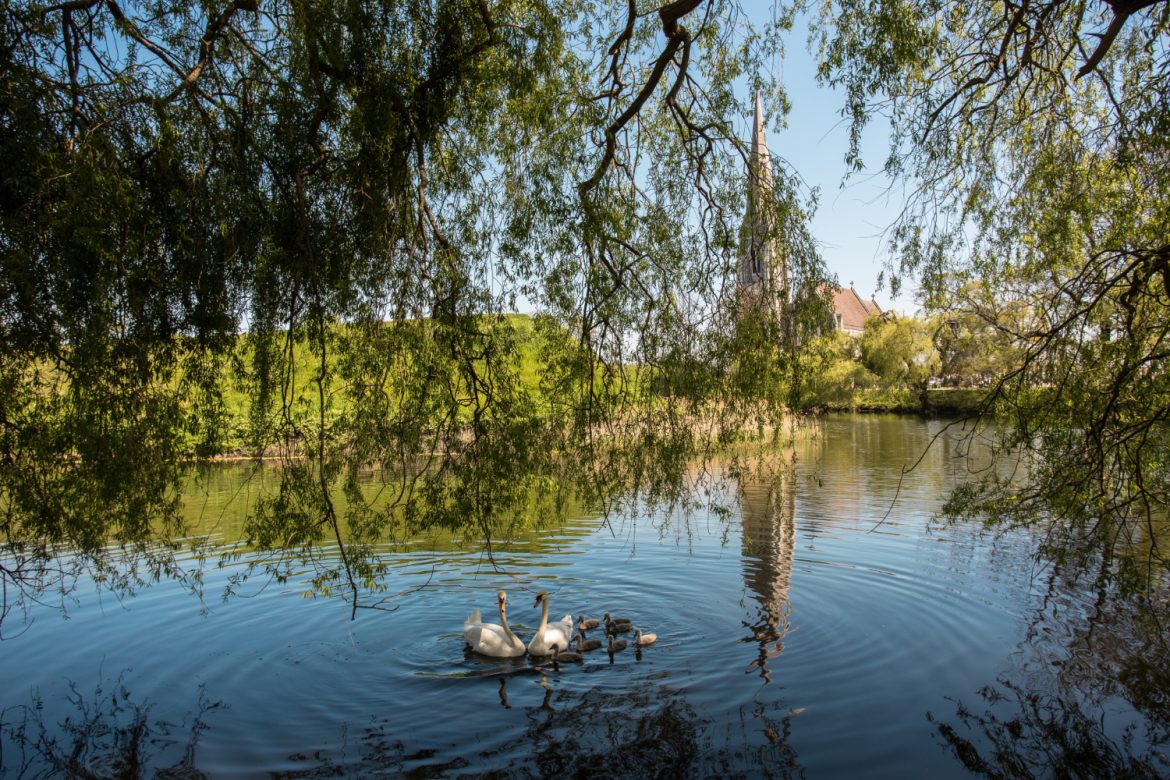Cities are not just about humans, but also about thousands of animal species that adapt to urban conditions and influence the health and well-being of city dwellers. From birds that roost on rooftops and in parks to mammals that explore city corridors, these “urban neighbors” are becoming an important part of urban nature. Their presence can warn of infrastructure problems, help control pests, and bring joy to residents when we spot rare species during our walks.
Animals
Advertising
Advertising
Migration in the city: how seasonal bird movements are taken into account by urban planners
Year after year, seasonal bird migrations become a factor in urban logistics, affecting waste collection, street lighting, and the availability of green spaces. City services plan work taking into account migration routes, place ornithological beacons, and create temporary protection zones around nesting sites. All this helps to reduce bird collisions with vehicles and improves their survival during migration.
Advertising
For sterile cleanliness: how modern technologies help the hunt for the preservation of wild animals
As part of wildlife conservation, activists use drones, thermal imagers, and surveillance cameras to monitor populations in hard-to-reach areas. These tools allow for accurate identification of threats to species, such as poaching and habitat destruction, and prompt responses. Modern methods for assessing animal numbers help shape conservation strategies and resource allocation.
Advertising
The field of pet care is actively supplemented by new services and technologies that allow owners to monitor the health and well-being of their pets remotely. Ready-made solutions for remote monitoring of the activity and condition of a pet through sensors and cameras help to notice alarming changes in time and take prompt action. Built-in trackers allow you to track the movements and safety of animals in an apartment, yard or during a walk.
Advertising
Cities are increasingly becoming havens for local fauna: increasing green space, creating dim zones and green corridors help birds and small mammals move safely between habitats. Activists and city services are jointly implementing projects to preserve habitats and reduce the impact of noise and pollution. As a result, drones and surveillance cameras allow scientists to better track animal migrations and predict changes in populations.
Advertising





